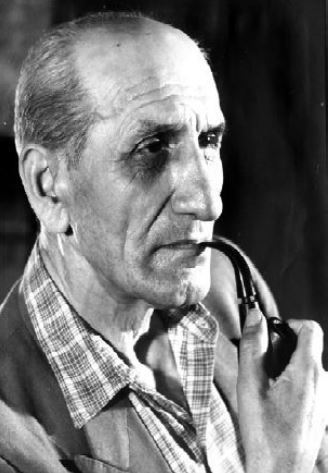
Ion Stroescu was born in Ploiești on 13 August 1888. He studied primary and high school in Ploiești, then he became a sports teacher at the Central School of Gymnastics in Bucharest. Very early in his youth he became addicted to aviation, especially for aerodynamics. In 1910 he founded an association of aeronautical constructions, where the photo below was taken:
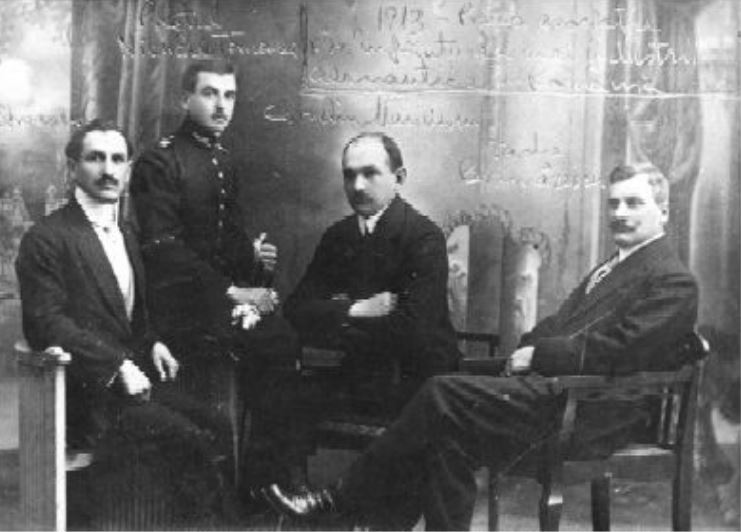
Ion Stroescu, Nicolae Tănase, Coreneliu Marinescu and Tache Brumărescu at 1910, in the new association for promoting the aeronautical constructions (photo: Dan Antoniu).
In 1925 he published an important book on aerodynamics, New Perspectives in Airplane Aerodynamics. The book was handwritten, and reproduced by lithography. In 2013, INCAS published it in facsimile and thus it has been preserved. The depth of the analysis of the physical phenomena indicate a fascinating intuition for aerodynamics.
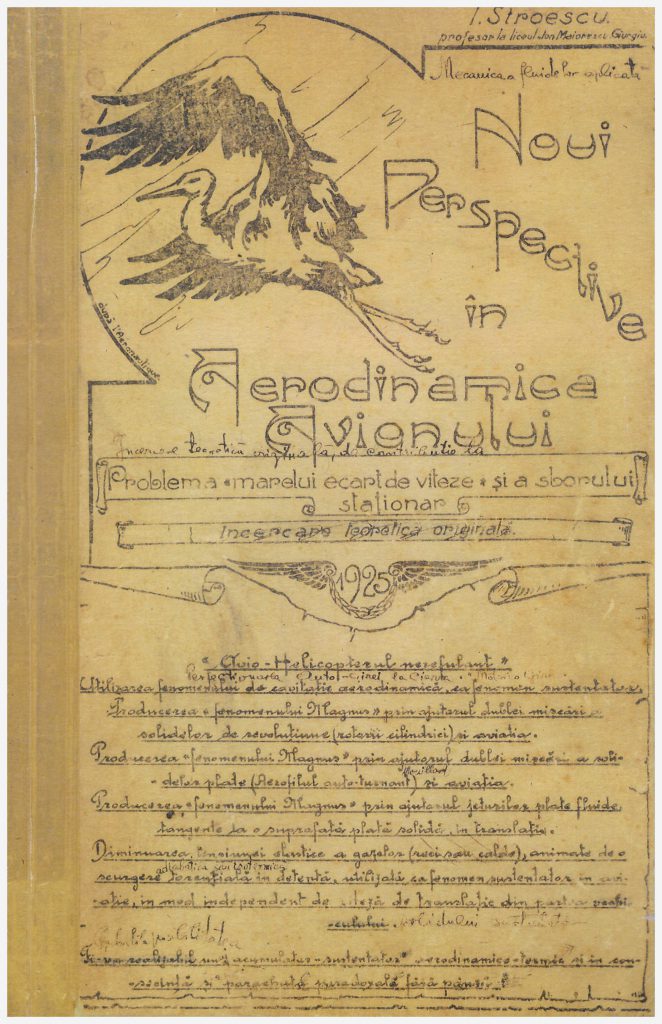
In the same year, he applies for two valuable patents, for controlling the boundary layer by injection-suction and blowing-out (patents 11.169/1925 and 13.677/1925 Ion Stroescu).
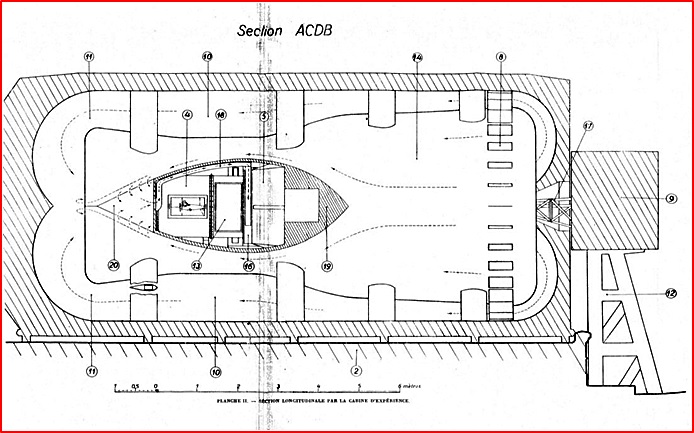
He built his first wind tunnel in 1927 at Râmnicu Sărat, in the sports room of the high school he was teaching.
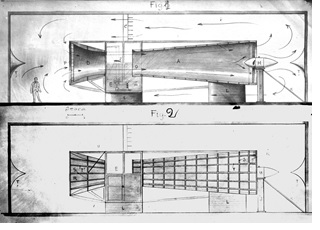
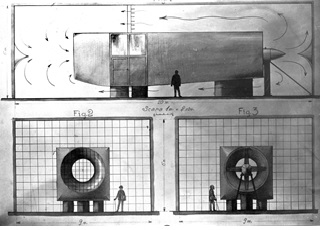
Illustrations show the blue prints of the Wind Tunnel in Râmnicu Sărat and photos during construction.
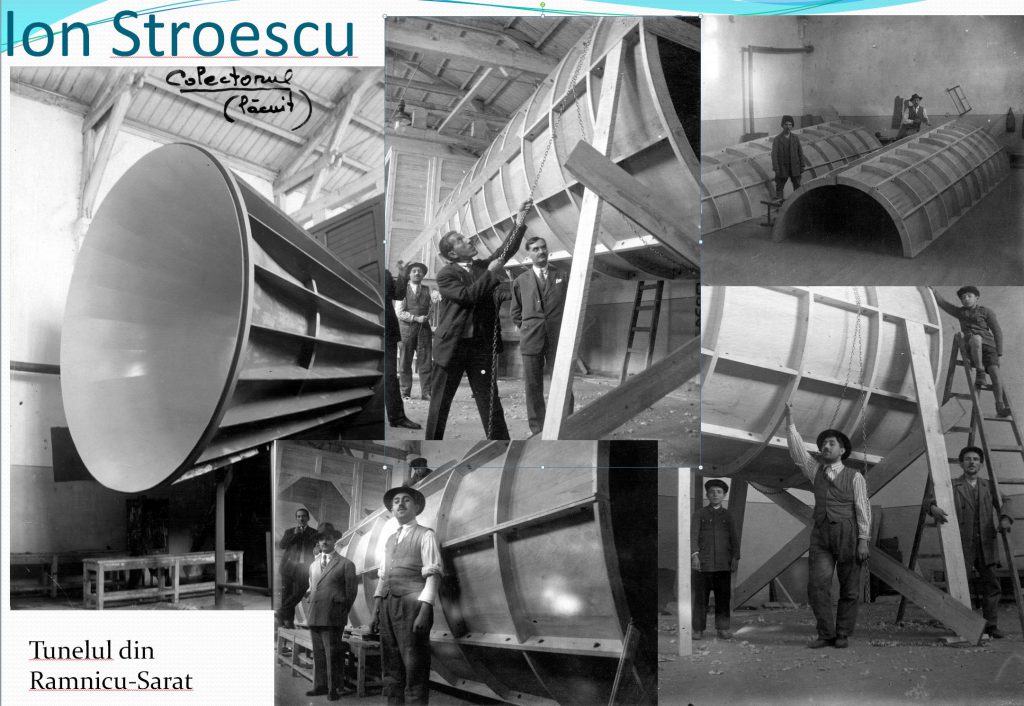
The new Wind Tunnel attracted Prof. Elie Carafoli’s attention, the well known Romanian aerodynamics expert, the founder of the aeronautical engineering school. He tried to stop the demolition of the tunnel, ordered by the Ministry because it ”abusively” occupied the sports room. He did not managed that, but managed instead to get an order for Ion Stroescu to be assigned at the Politechnical School.
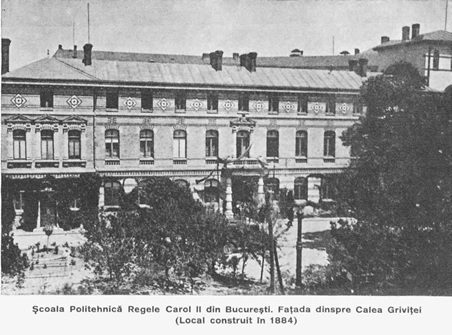
In 1929 Carafoli appointed Stroescu as assistant professor at the Department of Aerodyanmics. Under his supervision, Ion Stroescu designed and managed the works for the new Wind Tunnel of Polizu.
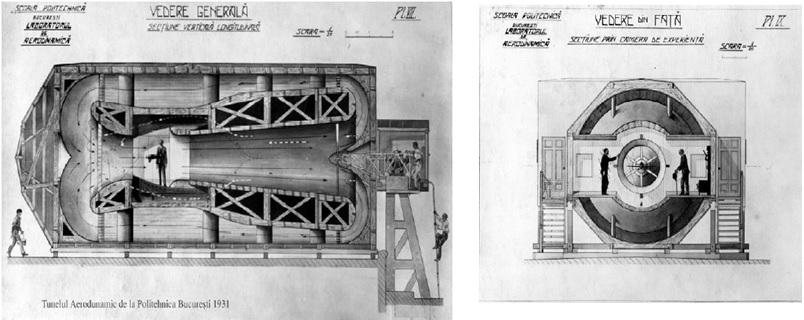
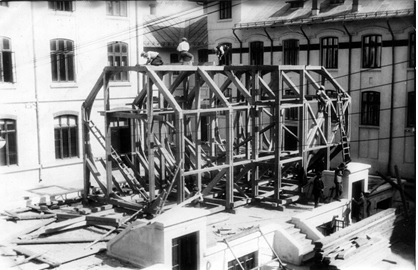
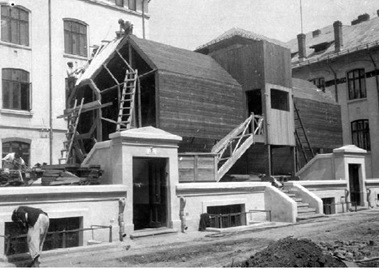
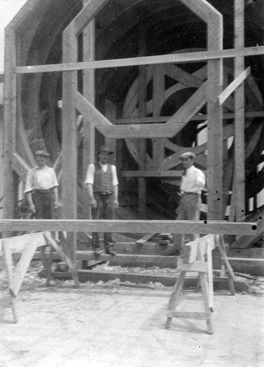
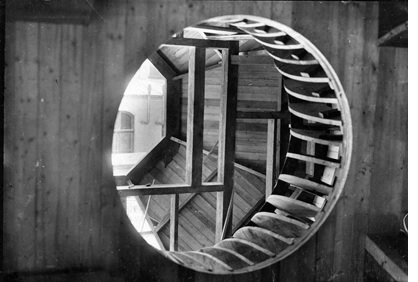
In the experimental section of the tunnel, the models of all Romanian airplanes were to be tested. The room was equipped with an aerodynamic strain cage, another invention, which demonstrate the creativity of the Romanian pioneers of aerodynamics.
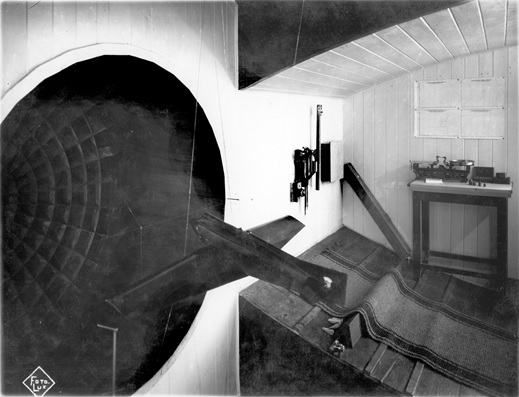
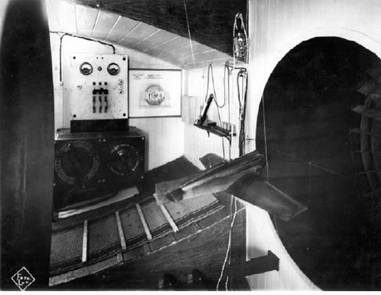
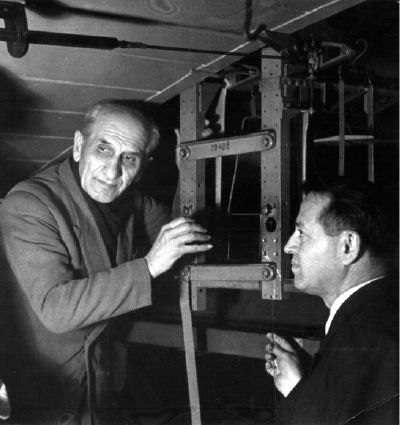
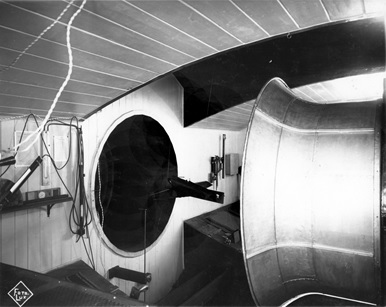
On 7 May 1931, King Carol the 2nd, together with Prince Nicolae, with Prime Minister Nicolae Iorga and with the Rector of the Politechnical School, Nicolae Vasilescu-Karpen inaugurate the most important Wind Tunnel in South-East Europe, and one of the most advanced and well equipped in Europe at the time.
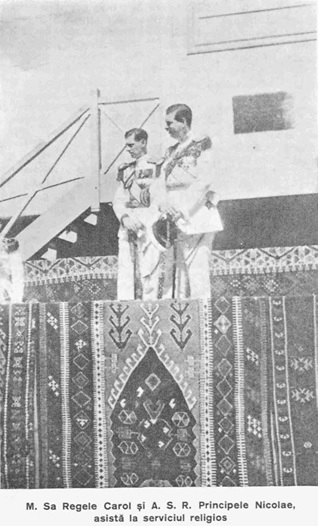
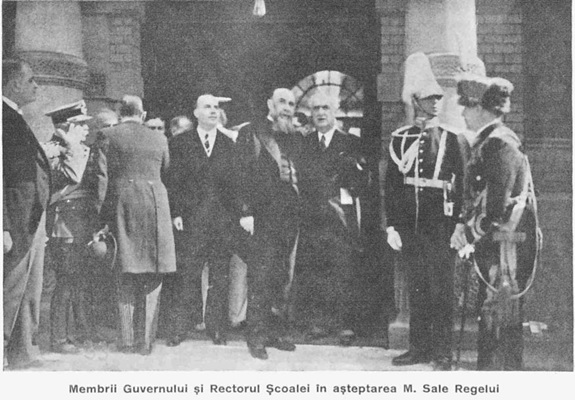
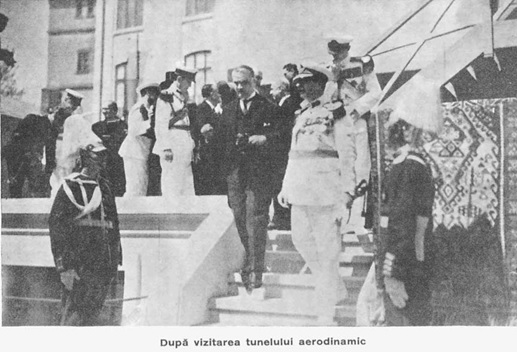
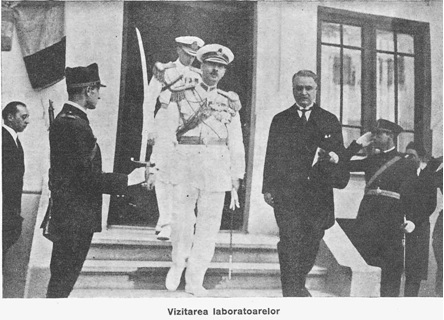
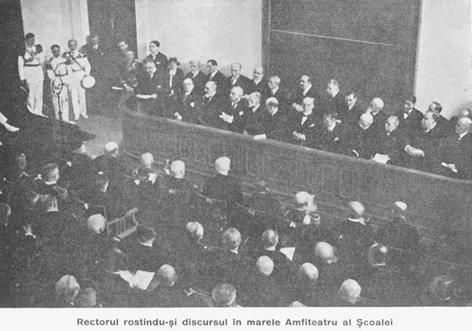
We may easily recognize the ”Grand Amphitheatre of the School”, currently known as the F024 Acad. Virgiliu N. Constantinescu Amphitheatre of the Faculty of Aerospace Engineering. The Wind Tunnel in Polizu contributed to the relative superiority of the Romanian aeronautical industry before and during WWII. Hundreds of new aircraft designs, wing airfoils and other parts could be tested. Some of the aircraft designed in this Wind Tunnel were matching the performance at the highest standards worldwide, competing with American, British or German aircraft.
In 1937 Ion Stroescu got another assignment, with the Faculty of Sciences of the University of Bucharest, by the Laboratory of Prof. Victor Vâlcovici, who was PhD in aerodynamics from the school of the well known scientist Ludwig Prandtl (1931).
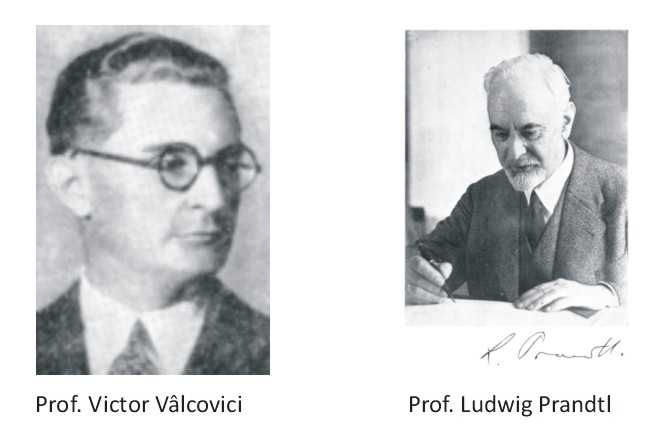
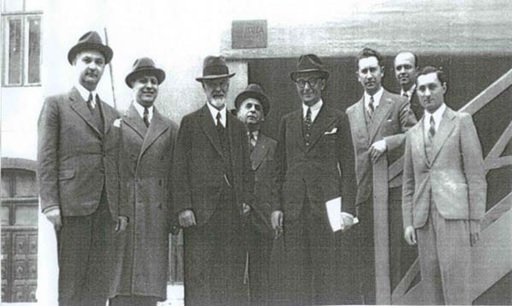
Ludwig Prandtl visited the Politechnical School in 1941, particularly to see the Wind Tunnel in Polizu. In the picture, from left to right: C.C. Teodorescu, Elie Carafoli, Ludwig Prandtl, Dionisie Germani, Victor Vâlcovici, Lucius Saveanu, Ion Cârstoiu and Nicolae Tipei.
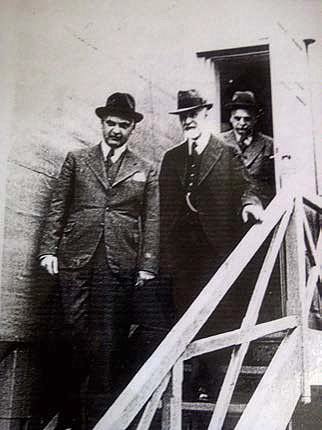
On the stairs of the tunnel, in this photo there are C. C. Teodorescu, Ludwig Prandtl and Dionisie Germani.
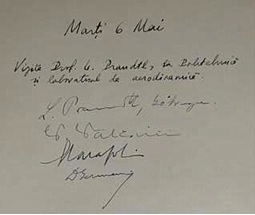
The experimental results at the end of an intense effort under the supervision of Prof. Vâlcovici, and later (after 1941) with the participation of the young mathematician Ion Șabac, the Wind Tunnel in Polizu and its creator Stroescu get an international recognition.
In 1943, Ion Stroescu’s presentation at the Research Academy in Berlin attracted appreciative remarks by Professors Ludwig Prandtl and A. Betz.
In 1946 at the Fourth Congress of Applied Mechanics, Ion Stroescu presents at Sorbone the paper “A New Type of Wind Tunnel”.
“Prof. Edmond Brun requested permission to use the blue prints of the Bucharest Wind Tunnel to build a similar one at Sorbone” (Prof. V. Vâlcovici).
Ion Stroescu stayed in France for 14 months, where he designed a special icing wind tunnel at Bellevue (ONERA).
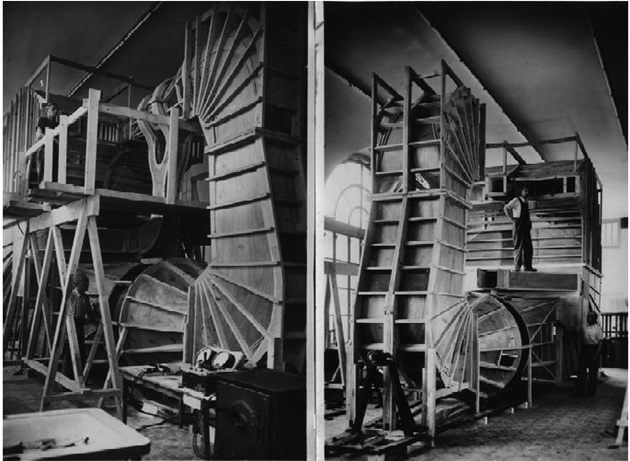
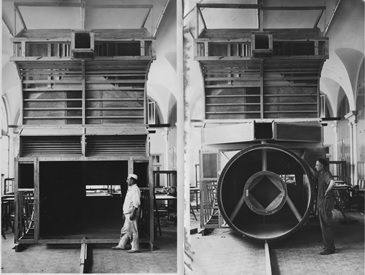
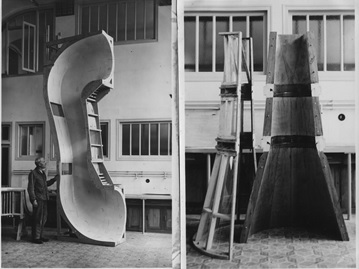
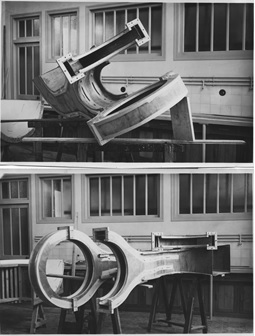
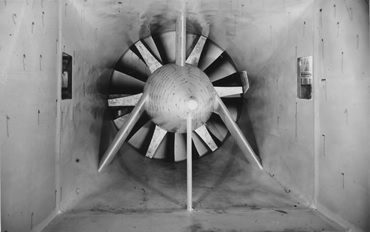
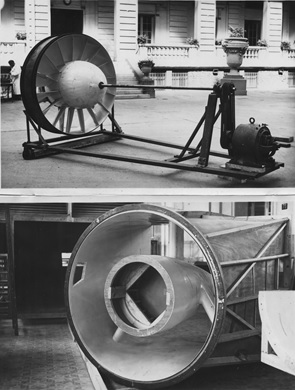
Wind Tunnel ONERA of Bellevue, France, designed by Ion Stroescu
In 1948, Ion Stroescu returned to Romania and worked at the Institute of Applied Mechanics of the Academy. In this capacity, he designs and builds the subsonic wind tunnel of the Militari Platform (INCAS).
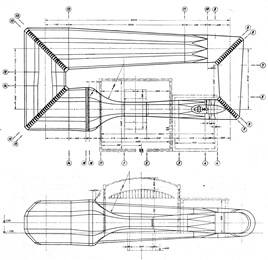
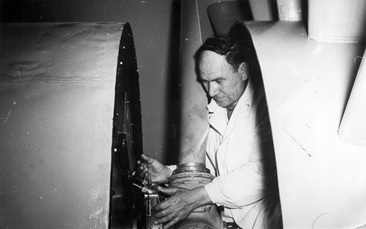
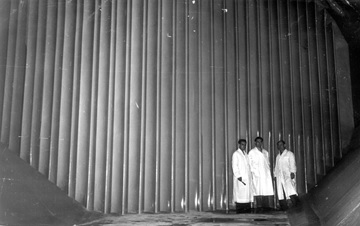
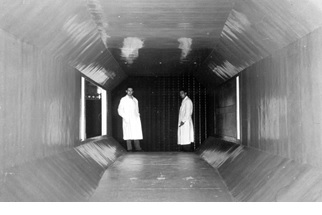
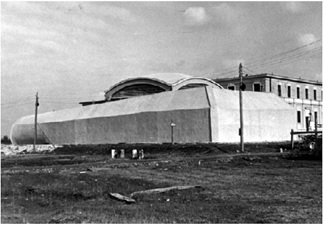
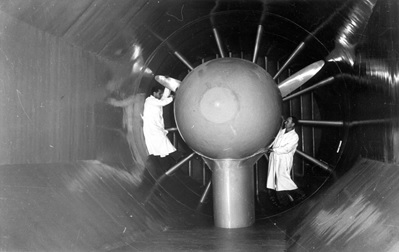
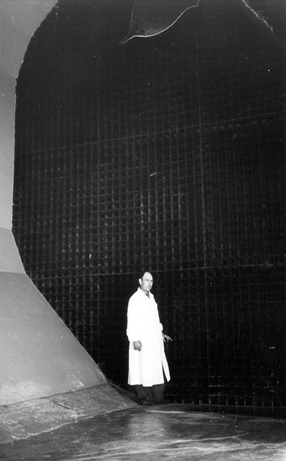
In 1960, Ion Stroescu was celebrated for the 70th anniversary and for 50 years of activity in aeronautics, at the Romanian Academy, by Acad. Elie Carafoli, Acad. Victor Vâlcovici, Acad. Dumitru Dumitrescu and Prof. Nicolae Tipei. On the occasion, he was recognized as an inventor and pioneer in experimental aerodynamics, as the leader of the Romanian aerodynamics.
Ion Stroescu died in 1961.
(This article was adapted after the presentations of Prof. Sterian Dănăilă, using original materials of the ”Elie Carafoli” Department of Aerospace Sciences, and using the paper of Conf. Nicolae Șerban Tomescu, ”An important achievement of Professor Ion Stroescu: the wind tunnel of the Polytechnic School of Bucharest” published in 2011 in the INCAS Bulletin. Another reference is the paper of Buiu V, Ion Stroescu (1888-1961) A Man and a Life –for a passion, INCAS BULLETIN, Volume 3, Special Issue/ 2011, pp. 1 – 15. A significant reference over the entire field is the book ”The History of the Higher Education in Aviation” by Prof. Virgil Stanciu)
Faculty Story
The story of the Faculty of Aerospace Engineering is mainly the story of its students. Daniela Andrioaie is a 3rd Year student of the Faculty of Aerospace Engineering, Aeronautical Constructions program of studies. She came to this faculty from a pretty long distance,...
Openings at Alten
The French company Alten located in Toulouse advertizes the following openings which match the profile of our graduates: - System Design - Electrical installation - Project management Contact data of Mr. Vincent Castanet, business...
Correct Rules Enforcing Re Evaluations and Resits
Note as of 14 May 2019: FAE-1 and FAE-2 rules have been repealed by Faculty Council Decision of 14 May 2019. Thus, all references to these rules below shall be ignored. The remaining recommendation will be maintained. Faculty Executive Board of FAE in the 24 January...
Job Opening at Bretigny
By courtesy of our Alumnus, Eng. Răzvan Mărgăuan, we invite our students, master students and fresh graduates to consider this job opening at the EUROCONTROL Experimental Center (near Paris) in domain of ATM Simulation and Modelling (including BADA). <Job...
Invitație în Asociația Alumni Politehnica Aerospace Engineering
We invite all our graduates, engineering, bachelor, master, advanced and doctoral studies to register in our Alumni Politehnica Aerospace Engineering Association. The Faculty of Aerospace Engineering gave the Romanian and World aviation an prestigious gallery...
114 Years of Aviation
Today in 1903: Wilbur and Orville Wright made four brief flights at Kitty Hawk, North Carolina, with their first powered aircraft. This photo was taken as Orville piloted the Wright Flyer on its first flight of the day, which lasted 12 seconds and covered 36 m (120...
MS Regele Mihai
The academic community of the Faculty of Aerospace Engineering is in pain and deep sorrow for the loss of HM King Michael I of Romania (1921-2017). The King was a passionate of technology, especially of aviation. Some pictures that we found illustrate this...
European Space Generation Workshop
Following Budapest and Paris, the 3rd edition of the European Space Generation Workshop, gathering young professionals and students working in the space sector, is set to take place in Bucharest, Romania on the 9th and 10th March 2018. The two-day regional...
Traian Vuia (en)
Traian Vuia, was a Romanian aeronautical pioneer, from Surducul-Mic, then a small village in the Austro-Hungarian Empire. Being scientifically minded, he attended the School of Mechanics at the Polytechnic University in Budapest. Due to a lack of money, soon he...
Traian Vuia Story
Traian Vuia Traian Vuia (also known as Trajan Vuia) was a Romanian inventor and pioneer in the aviation field. He is credited with the achievement of successfully building, thus demonstrating, that a flying apparatus could rise into the air using only its...

0 Comments